A History of the 'Norton' Grape
I feel like I've been a little grape heavy these days, and I've mostly just been passing along recycled links from mailing lists, but oh well.
The Norton Grape - An American Original (via American Wine Society Journal)
I came across a reference to this link on the grape breeders mailing list. For those unfamiliar with 'Norton', it's a fairly old American wine grape, of rather unclear origins (though it's fairly obvious on casual inspection that it has a fair proportion of Vitis aestivalis in it). It is one of the few American grapes of its era that can make a world-class wine (by "normal" standards...there are of course those like my wife who think the very best wine possible is a sweet labrusca, and their view is every bit as valid), and there's been a resurgence of interest in it, particularly in places like Missouri and Virginia.
The Ambers' article thoroughly explores the origins of this grape and the life of its discover, Dr. Daniel Norborne Norton. I have my own theories on its pedigrees, but at this stage its hard to really know.
One thing I'd like to learn more on, which the article only touches on slightly, is the origins of 'Cynthiana'. Isozyme assays have shown 'Cynthiana' and 'Norton' to be identical, but there are those who swear they can taste the difference, and there's some evidence to indicate slightly different ripening times. I've seen the two and I can't see any difference, but I haven't seen them side by side. I can't taste any difference in the wine. Cynthiana appeared in the midwest, and its origins are at least as mysterious as 'Norton'.
Cliff Ambers does his own grape breeding, heavily relying on eastern American wild grapes, and has been rather vocal about his ideas of a "new American viticulture" (You can read about his work at the website for his vineyard, Chateau Z).


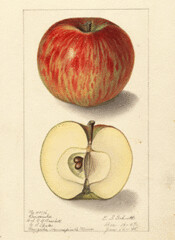
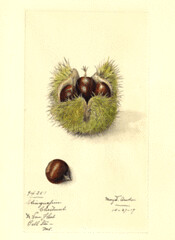
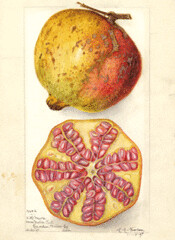
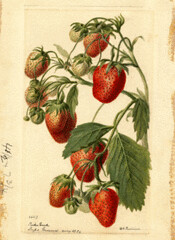
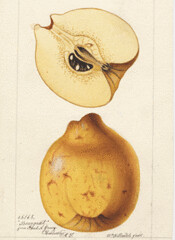



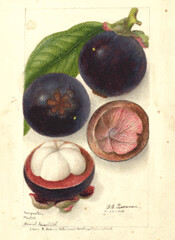
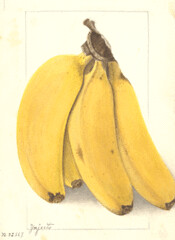

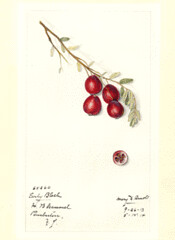
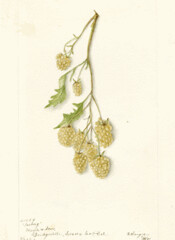
1 Comments:
"A recent study done at Florida A&M has narrowed down the parentage. Parker, Bordollo, and Colova published a paper in Acta Horticulturae in 2009 that states, based on DNA analysis, that V. aestivalis, V. labrusca, and V. vinifera are all involved in the parentage of Norton. The vinifera cultivar is ‘Chasselas’. The researchers also discovered that PD resistance is derived from V. aestivalis. They also found that Norton and Cynthiana are genetically identical, ergo, they are the same cultivar." ~ Dr. Eric Staphne, Oklahoma State Univ., Dec 1, 2010
Post a Comment
<< Home